Liquors are kept safe in cabinet locks to avoid kids from consuming them. Hence, if you keep your drinks at home and have kids then you should know how to pick liquor cabinet locks with simple techniques.
How To Pick A Liquor Cabinet Lock
Quick Navigation
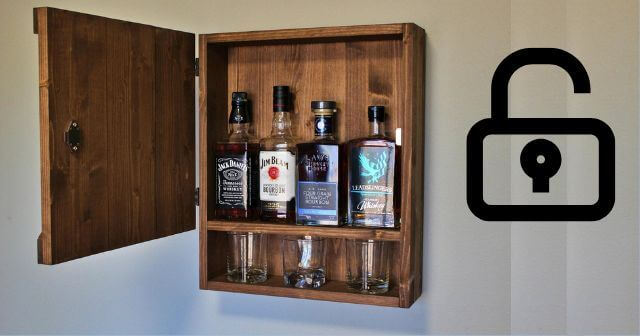
1. Insert Tension Wrench Into The Bottom Of The Keyhole
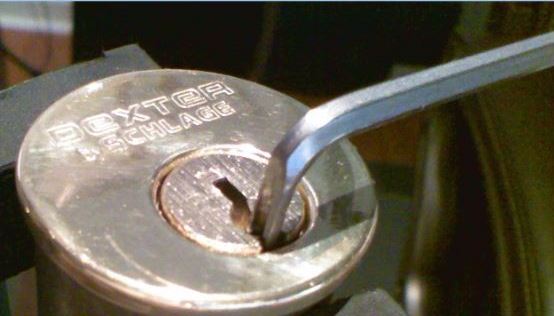
a. Firstly, what you have to do is, you’ll have to insert your tension wrench at the bottom of the keyway. Now slowly you’ll have to apply a small amount of force/tension clockwise so that the lock starts to release/separate just like the job a key must’ve performed.
2. Insert Pick At The Top Of The Lock
a. You’ve found and adjusted your initial binding pin, however, the lock now wants to bond on a different pin. Continue the cycle of softly raising each pin unless you find another one that is tight and hard to move.
3. Apply Slight Torque To Your Wrench
a. To do so, first test the left side of your wrench, or else the right side. Whenever you move the wrench, you can easily feel the correct side.
4. Scrub Your Pick In The Keyhole
Adjust the direction, the level, and the pace of each pick as you sift. If it does not open within 10 seconds, relax pressure to reset the lock start over. It’s not uncommon to just have to reset the lock more than once until you can rake a lock correctly.
Scrub the pins until the socket completely turns and the lock unlocks. The keyhole almost fits exactly the nail file. You can quickly open the cabinets with a little force. 3-5 times rotate the filing instrument upwards and downwards gently.
This causes the pins in the locks to sliding, allowing you to simply unlock the cabinet. Usually, residential locks have roughly 5 pins, and then when you slide your key into the lock, it easily slides these pins.
To enter the cabinet, you need to move the pins. Slowly rotate your hand in the position you chose before jiggling around the file to shift the pins. The lock is now in the “unlocked” state as a result of this action.
5. Repeat Until The Pins Are Set
Relax to allow the pins to fall and repeat the cycle. If you’re still having trouble finding a connection pin, attempt putting a little extra stress on the plug.
Tools Required
As mentioned earlier, lock picking is an awesome technique, many people also call it a craft. There aren’t many tools required to pick a lock, not even experts require many tools. The tools that you might require to successfully pick a lock are-
Rakes- This tool is mainly designed in a zig-zag structure. A rake can also open a lock containing multiple pins in a very less amount of time.
Hooks- Hooks have a structure that is very sharp and very exact and can get into anything. They’re very pointy and narrow that is how they get into those small locks as well.
Tension Wrench- As its name suggests, this tool brings tension to the lock. Tension in other words is known as pressure. That is how a lock will eventually unlock, by forcing tension. This tension-creating tool is used to connect the pins and provide force to the connector. Cracking a lock without such a tool is difficult.
Bobby Pins- Nearly everyone has bobby pins in their home. If you want to crack a relatively easy lock, you can use bobby pins. But, if you have a complex lock, pins might not be able to help you in that case.
Time- Suppose you’ve lost your keys for the first time and figuring out how to crack a lock open, might be a little challenging for you. In most cases picking a lock. The time it’ll require mainly depends on what tools you have available at that time and whether you know the technique. A skilled person generally takes 10-15 minutes or even in a matter of seconds.

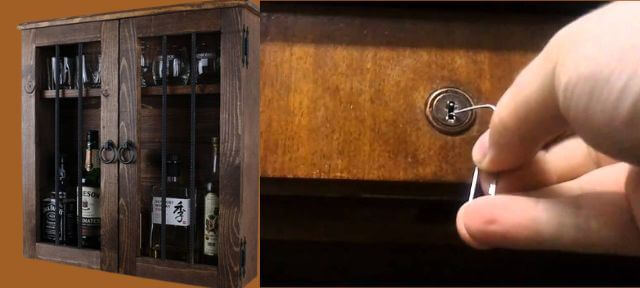
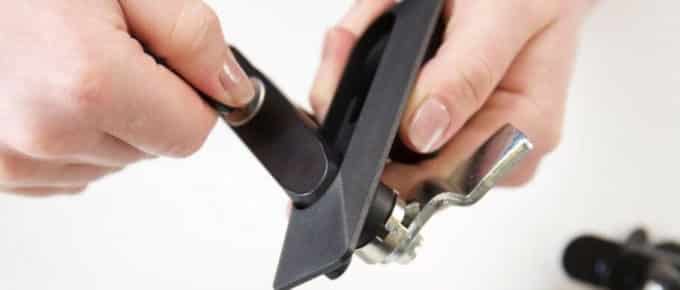
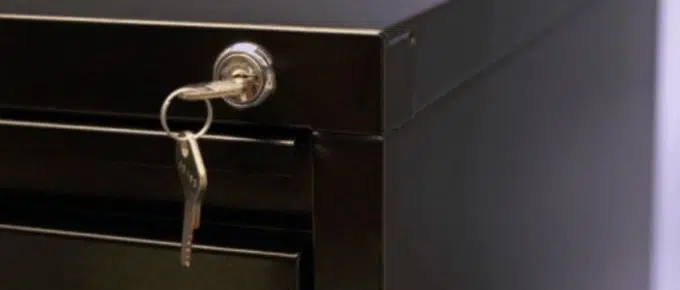
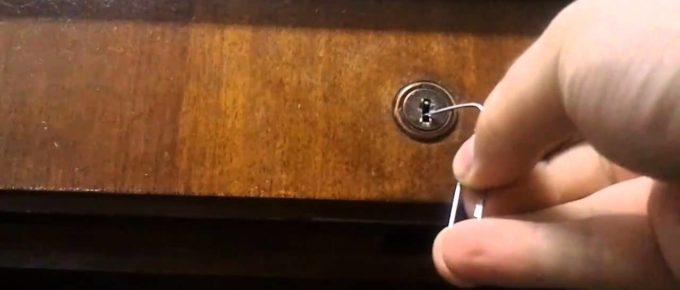
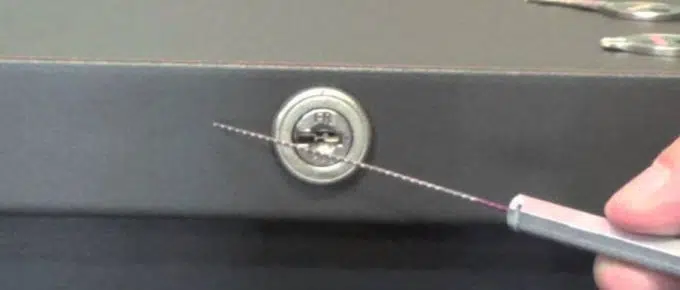

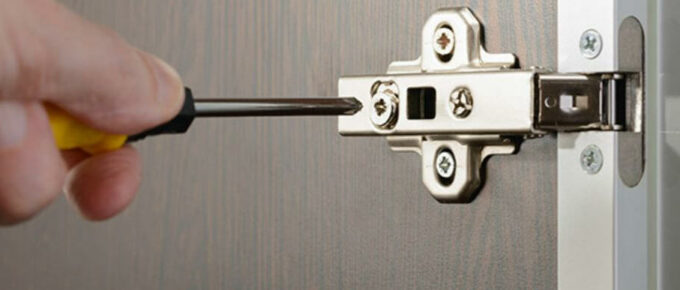
Leave a Reply